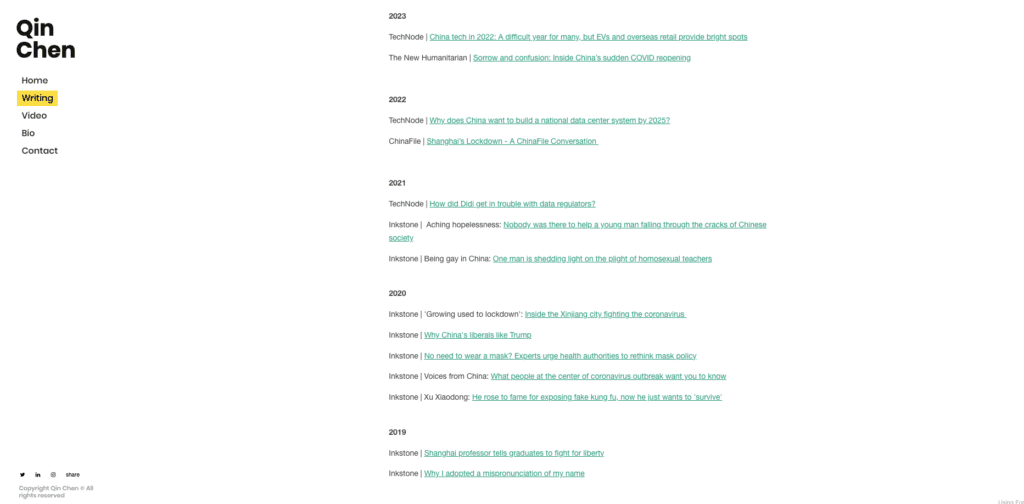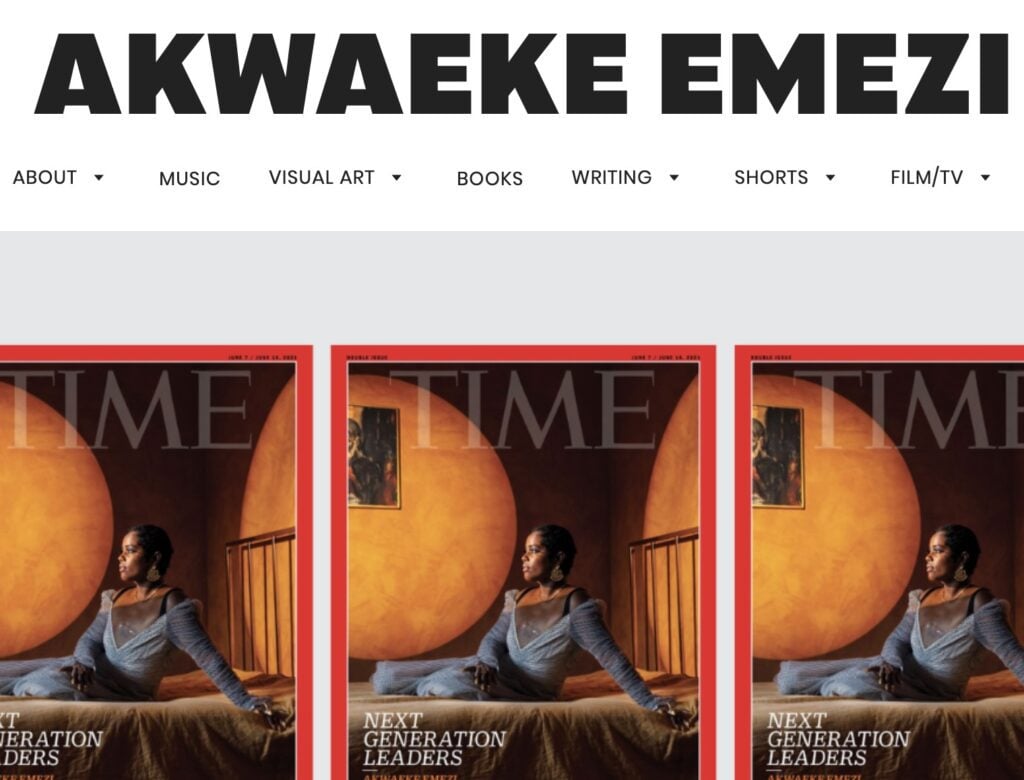
How to Build a Freelance Writing Portfolio That Wins Clients
First impressions matter – especially in the freelance world. If you’re a new freelance writer, it’s essential to build a freelance writing portfolio that gets you noticed. But where should you start? And what should you include in your writing portfolio if you’re new to the industry? Don’t worry – we’ve got the answers! In this post, we’ll cover:
- What is a freelance writing portfolio?
- Why do you need a freelance writing portfolio?
- How to build a freelance writing portfolio (including examples)
- How Knowadays can help you launch your freelance writing career
Keep reading to get started!
What Is a Freelance Writing Portfolio?
First, let’s review what a freelance writing portfolio is and what it is used for. A freelance writing portfolio is a collection of samples and projects that demonstrate your writing skills and specializations. It serves as a professional display for potential clients to see the quality and format of your work before hiring you. You may also want to include a link to your portfolio on your business website and social media accounts, so when you pitch to potential clients, they can easily review your work.
Typically, you should include only your best work in your writing portfolio, since you want to avoid overwhelming potential clients with a large number of samples. Choose samples that highlight your creativity, ability to engage the audience, and knowledge of SEO techniques. You should also select samples that reflect a variety of subjects and topics (unless, of course, you focus on one specific niche).
Why Do You Need a Freelance Writing Portfolio?
Freelance writing portfolios are an important tool to have in your toolbox as a new freelancer. Not only do they demonstrate your versatility but they also showcase your best work and simplify the process of pitching to new clients. They help you stand out among the crowd in a competitive market and give clients something concrete to evaluate you on. Having a well-organized portfolio also shows that you care about your work and have a proven track record of delivering top-quality results.
Freelance writing portfolios are beneficial in more ways than simply helping you source new clients. Maintaining and regularly updating a portfolio can help you reflect on your own growth and development as a writer. By continuously reviewing your past work, you can identify areas for improvement and set goals for future projects.
How to Build a Freelance Writing Portfolio
A good portfolio is professional, easy to navigate, and eye-catching, without being visually overwhelming. You already know why an effective freelance writing portfolio is important – so how do you build one as a new freelance writer? Below are some tips on building a freelance writing portfolio from scratch.
Select What to Include in Your Portfolio
If you have writing samples, be sure to include them in your portfolio. However, writing samples don’t just have to be paid work you’ve done for past clients – they can be any past writing you’ve done or example pieces you’ve created to use as samples. Try to showcase your ability to write different types of content, such as articles, blog posts, and website copy.
You can also include reviews or testimonials from past clients, awards or recognition you’ve received as a writer, and your freelance writing resume. Don’t forget to include a short biography and your contact information so clients can connect with you.
Organize and Format Your Samples
After you select your samples, organize them logically. Use categories, tags, or sections to group related samples and make it easy for visitors to navigate and find the content they’re interested in. Also, make sure to properly format your samples using bullet lists, headings, and subheadings to make them visually appealing and easy to skim.
Decide How You Want to Design Your Portfolio
These days, most writing portfolios are hosted online. Start by choosing the specific format you want to use, such as a website or portfolio-building platform. You don’t need to be a tech whiz to create a portfolio – there are lots of straightforward online tools and apps that can take you through the entire process from the beginning. You’ll need to decide on your branding (such as the colors, patterns, fonts, and designs) and how you want to structure your homepage.
Summarize Each Piece
Write brief descriptions or provide context for each sample or testimonial. Explain the purpose of the piece, the target audience, and any special considerations or challenges you faced while writing it. You can also include other relevant details, such as how the piece ranked on search engine results pages or how many times it was shared on social media.
Regularly Update Your Portfolio
Your portfolio is a living document, meaning it evolves over time. As you write more samples, gain more experience, and receive more positive client testimonials, be sure to update and add to your portfolio. If, down the line, you decide to concentrate your writing on a specialized niche, you’ll need to update your portfolio to reflect that change.
Freelance Writing Portfolio Examples
There’s no one right way to structure your portfolio – it should reflect your own unique style and creativity. Below are a variety of examples of well-designed, real-life freelance writer portfolios to give you some inspiration.
Writer and editor Jennifer Fernandez uses a minimalist grid theme to showcase a series of thumbnail images and photos of her previous work. This simple but impactful design makes it easy for potential clients to browse her work and get a feel for her overall style.

Writer and artist Akwaeke Emezi clearly defines the distinct services they offer and includes their most recognizable work front and center against a backdrop of muted colors. They also include a contact form so potential clients can easily connect.
Writer Kristen Bateman sticks to a modern black and white theme and organizes her work by category and publication. She also includes links to her social media accounts, which gives potential clients multiple ways to contact her.

Meanwhile, tech writer and reporter, Qin Chen, includes an eye-catching photo backdrop on the main page of her portfolio, taking a no-frills approach to presenting her previous writing work and organizing it as a series of links on a single page.


Although there are similarities among all these examples, each writer demonstrates their own strengths while keeping the focus on their work. So, while most freelance writing portfolios include the same basic elements, there is room for flexibility and to stretch your creative muscles.
Becoming a Freelance Writer
Do you want to learn more about what it takes to launch a freelance writing career – and build your portfolio at the same time? Check out our Becoming A Freelance Writer course – distinction graduates have the opportunity to write and publish three blog posts for the Knowadays website. Claim your free trial and get started today!






Your email address will not be published.